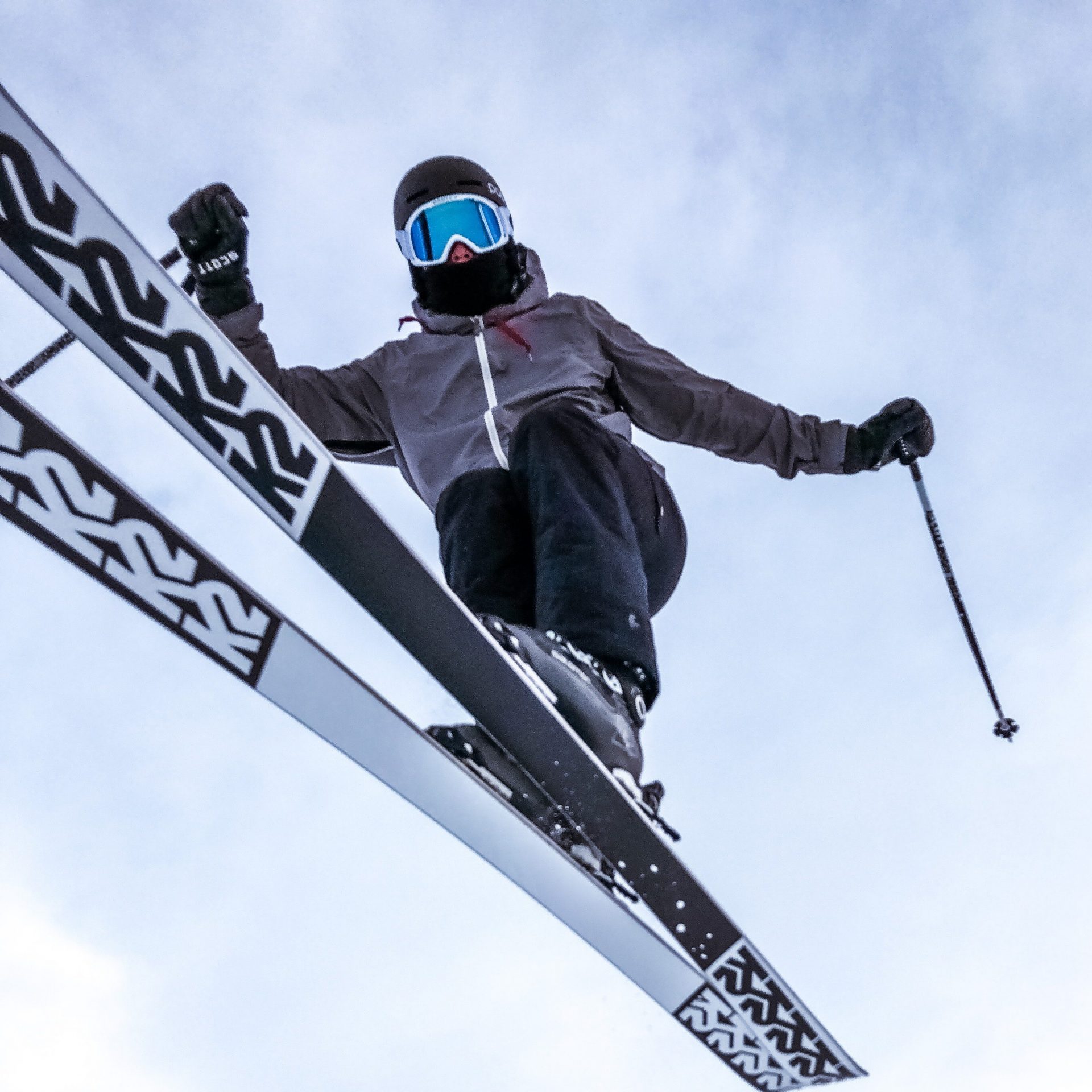Shoulder Dislocation
When the shoulder joint is dislocated (luxation), the labrum can shear off of the socket (a Bankart lesion). If a piece of the labrum is torn off during initial dislocation, the shoulder joint can start repeatedly dislocating even when no force is present, causing further damage to the shoulder joint.
The younger the patient and the greater the degree of physical activity, the higher the likelihood of recurrent dislocation is. Early diagnosis using an MRI arthrogram is recommended for these patients and, if the labrum has been torn, it should be surgically reattached.
With advancing age and reduced physical activity, patients should be treated more conservatively (non-surgically).

More questions?
Our experts are happy to help you
Just give us a call!
Dislocation of the shoulder joint is a common injury in sports such as handball, skiing, and rugby. The most common form of dislocation is a downwards anterior dislocation, which can lead to a shearing of the so-called articular lip (glenoid labrum) from the glenoid cavity (Bankart lesion). The labrum is made of connective tissue cartilage (not dissimilar in structure to a Meniscus ), which surrounds and stabilizes the shoulder joint (like the shallow recess of a saucer keeps a tea cup from slipping).
If part of the labrum is sheared off during the initial dislocation, the shoulder joint can repeatedly dislocate, even when no trauma is present (post traumatic recurrent dislocation). Large studies show that over 90% of all young athletes suffer additional dislocations following an initial traumatic dislocation, which in turn can cause further damage to the shoulder joint. Simply put, the likelihood of recurrent dislocation is greater the younger the patient and the higher the level of athletic activity.
A Bankart lesion, however, is not always the cause of instability. Other causes of recurring dislocation after an initial dislocation can be: a Hill-Sachs lesion (osseous defect in the head of the humerus), weakness of the capsular ligaments, loss of proprioception, muscle weakness despite rehabilitation, and recurrent shoulder dislocation. . See also here (PDF download).
Dislocation or damage to the shoulder joint is diagnosed using X-ray and MRI (magnetic resonance imaging).
TREATMENT
In the case of a post-traumatic recurrent shoulder dislocation, an examination using an arthro-MRI should be carried out early, especially for young, physically active patients, due to the high rate of recurrent dislocation. The arthro-MRI also shows any ruptures of the labrum. A labrum rupture is an important factor for prognosis. If the labrum is ruptured, surgical refixation should be carried out in all cases. This can be performed using arthroscopy or open surgery.
Depending on the aetiology, type, and direction of dislocation and the extent of intra-articular damage, various surgical procedures can be used alone or in combination, for which open and arthroscopic techniques and anatomical and non-anatomical reconstruction procedures are available. Of the 200 different surgical procedures available, the following techniques have proven particularly effective:
Open surgery
- Bankart operation
- Inferior capsular shift as per Neer
Arthroscopic surgery
- Labrum capsule refixation
- Inferior capsular shift as per Neer
In the case of elderly patients and those with lower sporting and physical activity levels, patients should be treated more conservatively (non-surgically). This means intensive physical therapy with a particular focus on joint-centering measures.
More questions?
Our experts are happy to help you
Just give us a call!





